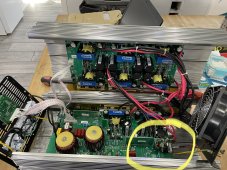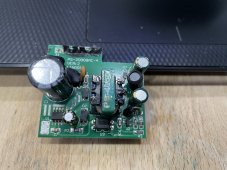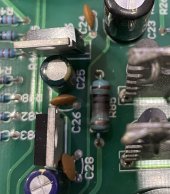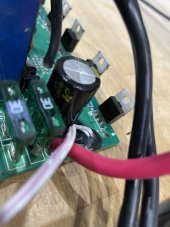4000 watt giandel pure sine wave inverter suddenly shows an overload error/shutdown/buzzing with nothing connected to it. Tried restarting, even tried a different battery bank. Reads 12.6v input.
Any one know what would be causing this? Suspect something internal. Guess I'm gonna pull the cover and see what there is to see.....
Any help would be appreciated.
Any one know what would be causing this? Suspect something internal. Guess I'm gonna pull the cover and see what there is to see.....
Any help would be appreciated.











